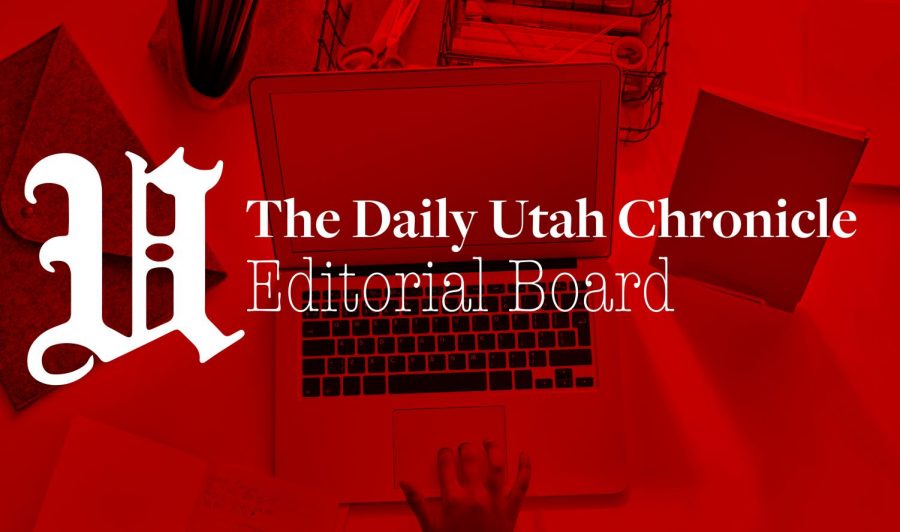Editorial: The Pandemic Isn’t Over — Keep Prioritizing Health and Safety This Fall
June 7, 2021
In late May, the University of Utah chose to follow the state of Utah by making mask-wearing optional. This choice was not surprising as distributed vaccines have increased and COVID-19 transmission has decreased in the Salt Lake area.
Even still, vaccinations are not 100% effective at preventing the disease. And even if they were, it is not required for students or faculty to receive the vaccine before returning to campus sans-mask. These irresponsible actions taken by the U administration are especially worrisome because our majority in-person fall semester will start in less than three months. The University’s decisions are limited by state legislation, but that shouldn’t stop them from prioritizing students’ health this coming year.
The most obvious way to ensure the student body’s safety is to follow the trail forged by over 400 other Universities nationwide by requiring vaccination proof before returning to in-person courses. Unfortunately, the Utah legislature passed a law that blocks “vaccine passports” or vaccination proof on state-funded institutions like ours. Additionally, the Utah legislature just passed a law that bans mask requirements in public institutions. Now, the only appropriate decision is to continue encouraging masks on campus for unvaccinated individuals, increase vaccinations and make online courses accessible.
Last fall, many of the nation’s higher education institutions were responsible for some of the country’s worst COVID-19 outbreaks. We need to ensure that this doesn’t happen again. The U can prioritize our safety by encouraging everyone on our campus to get vaccinated and implementing other preventative measures. Currently, the U is offering weekly asymptomatic COVID-19 testing and houses on-campus vaccine clinics — these measures should continue through fall. This is a surefire method to contain COVID-19 and maintain vaccine accessibility.
COVID-19 has been unpredictable so it is better to be prepared. We shouldn’t glaze over the harsh reality of death during the pandemic in our search for normalcy. We should still strive to combat the virus via safe and effective means with the mindfulness of survivors.
We also need to have safety standards beyond vaccines. When the pandemic began, our campus moved classes online. Zoom calls have been our experience for the last year. While we have learned what new standards of cleanliness look like in stores and restaurants, we haven’t seen what COVID-19 safety looks like in full classrooms. We need our administration to be transparent about their recommendations and regulations as well as what resources will be available for maintaining clean spaces. Our campus community needs to know what responsibilities fall on cleaning staff, professors and students in order to make returning to campus safe for everyone.
Additionally, while moving back into our classrooms is an exciting step, we need to remember that moving back to in-person learning is not a reality for all of our students. We shouldn’t force at-risk or immunocompromised students to return to campus. The administration should set a standard for professors to make their courses online-friendly so that every student has the opportunity to continue their education.
All of these efforts to maintain a safe campus cannot be effective if the campus community does not respond cohesively and transparently. The U needs to ensure everyone, from students to faculty, has a clear understanding of what the fall 2021 semester should look like. We should all be working together to ensure everyone feels safe with the return to campus and be mindful of the hurdles that may come with that. A “new normal” doesn’t happen overnight. Keeping everyone safe starts with “U.”
The Daily Utah Chronicle Editorial Board is a group of senior opinion journalists who rely on research and debate to write staff editorials. Editorials represent the majority view of the editorial board and are written separately from the newsroom.







